Intertextuality
"Intertextuality" includes creating references to any kind of media product through another media product (one media product shows the intertextual references which are taken from an already existing media product).
There are 7 main types of intertextuality in the music videos.

If a music video gives respect and aknowledges the worth of an already existing media product, some famous personality, or some famous celebrity by copying their themes, motifs, style, looks etc in a respectful manner, then it simply means that the music video is paying homage to that person or the media text. Themes, locations, iconography etc are copied from the original texts in this type of intertextuality.
Example
"Dark horse" music video by "Katy Perry" is a good example of homage as Katy Perry impersonates the Egyptian queen "Cleo Petra" of ancient times and pays homage to her in this music video.
HOMAGE

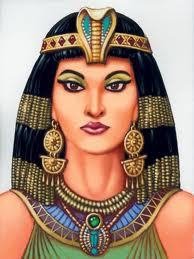

Katy Perry copied the look (make up, costumes-styling) of Cleopetra.
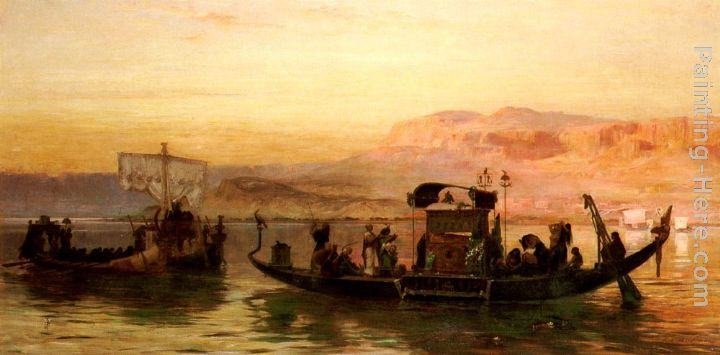
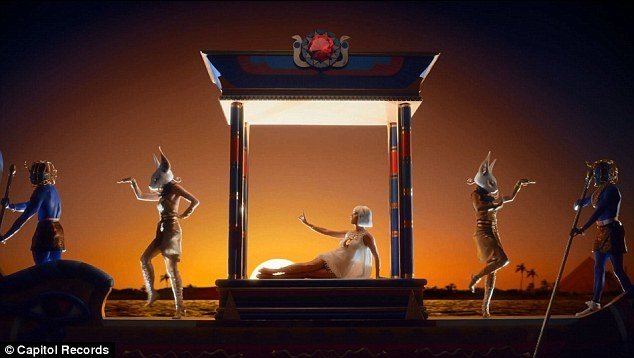
Took Cleopetra's slaves and boats reference from an old painting of Cleopetra's era.


Travelling and sitting in a fancy sail boat with the slaves like Cleopetra used to do. Took reference from a statute showing the real Cleopetra's life.
Cleopetra Art of ancient times
Katy Perry "Dark horse"

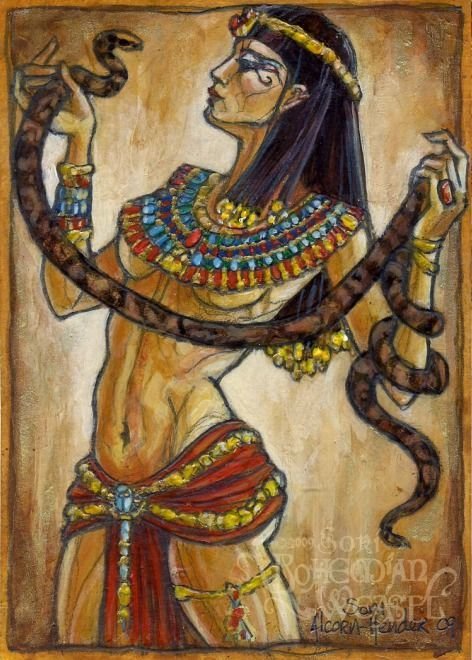

It is famous about Cleopetra that she loved the snakes and used to keep them as her pets, so Katy Perry also showed this thing in her music video.

Cleopetra sitting on her thrown in the middle of her slaves (male and female) who are dressed in fancy costumes that also indicate beastiality and
supernatural. There are slave girls, slave man wearing a wolf head mask, slave boys who look like strong and tough men etc.
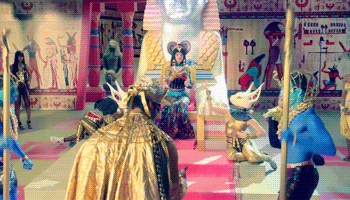

PASTICHE
A pastiche music video imitates the style, techniques, motifs etc of some already existing art product.
Example
"Alice" music video by "Avril Lavigne" is a good example of this type of intertextuality in the music videos. This music video is based on an old fairy tale story "Alice and the wonderland". Avirl Lavigne (the singer) performs and acts in this music video. Lavigne is impersonating "Alice" (the main character of the fairy tale story) in this music video. And the wonderland full of weird creatures is also shown in the music video (just as it is written in the fairy tale story).

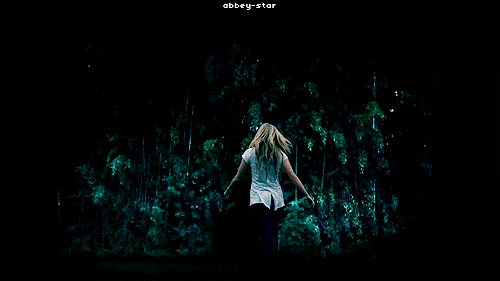
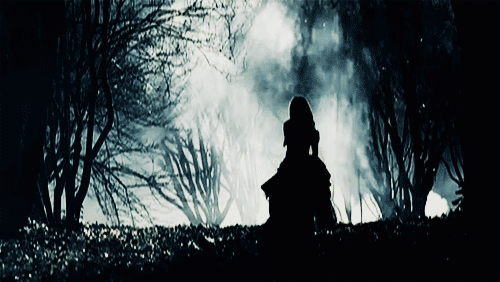
Entering the wonderland through the trees.
"Alice" music video scenes that show the intertextual references taken from the fairy tale story "Alice and the wonderland").
Wonderland being showed as a strange, dark, supernatural place.
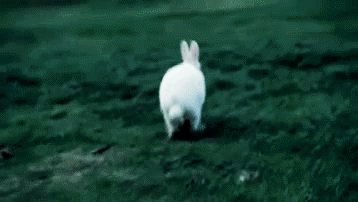
Alice follows the rabbit to the wonderland.
Alice entering the wonderland from a dig in the ground.


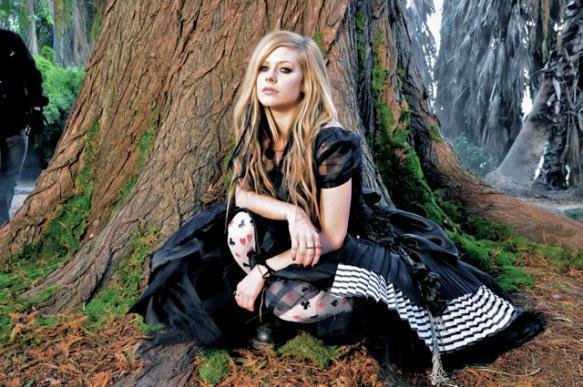
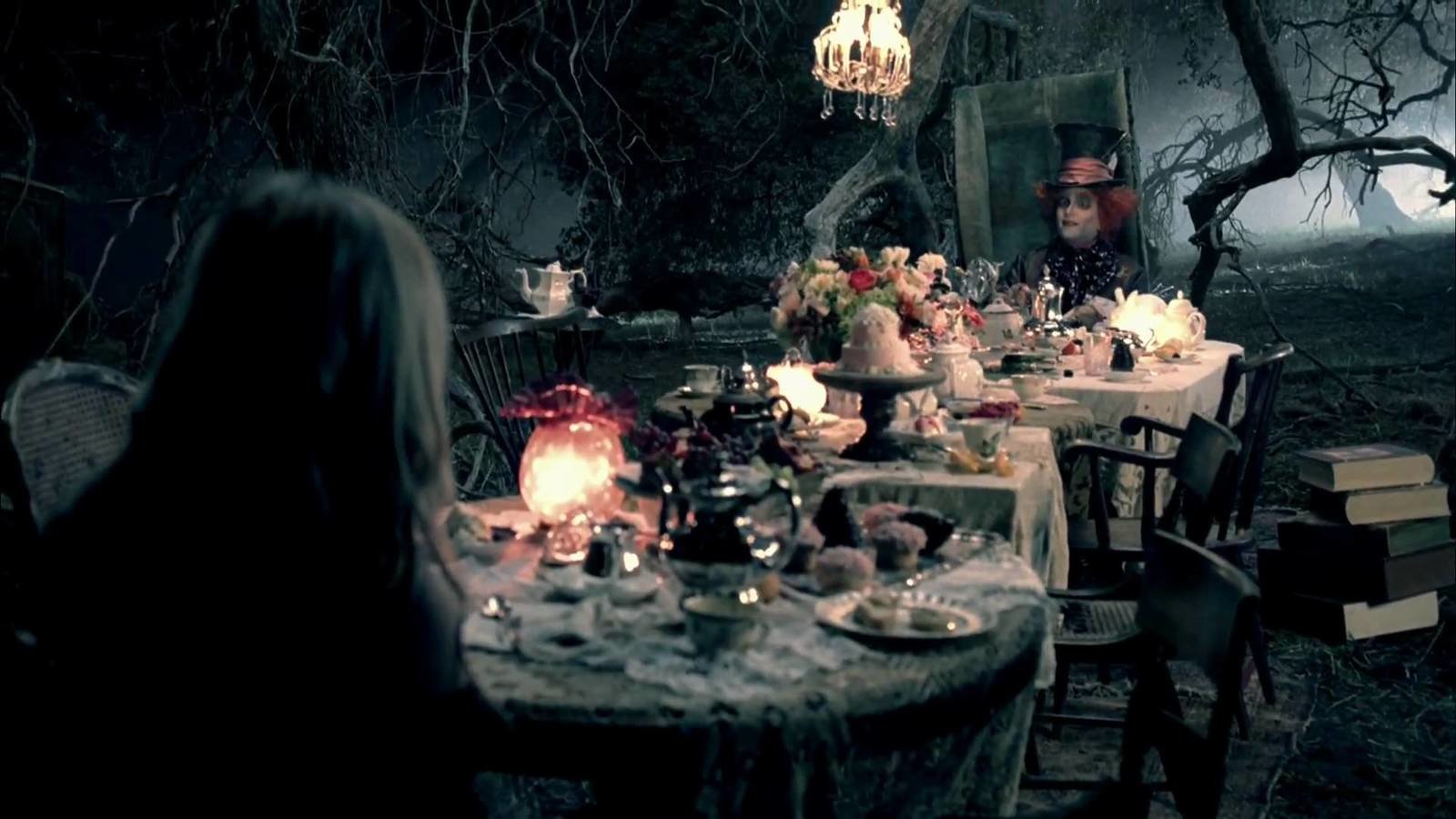
Avril Lavigne dressed as a fairy tale character (Alice). And the music video was also shot in a forest (to give the effect of the fairy tale story and location).

Alice sees weird things that are not present in the real world, and meets different supernatural creatures in the wonderland, this all scares her.

PARODY
Parody music videos humorously exaggerate the content, style, effect etc of an already existing situation, character, person, media product etc. Parody comments on the original piece of work by mocking and making fun of it in a critical or light comic way.
Example
"Aqua-Barbie girl" music video is a good example of this type of intertextuality, as it gives a humorous effect to the concept of sober, decent, beautiful, and sophisticated "Barbie dolls (fictional characters/toys)".


Presenting barbie makeover in such a way that makes us laugh at it.

Barbie hanging out with doll boys like a an immature and desperate play girl.



Barbie doll boys- not as handsome and charming as they're supposed to be.

Barbie- not as sophisticated, beautiful, sober, decent, and perfect as she's supposed to be.
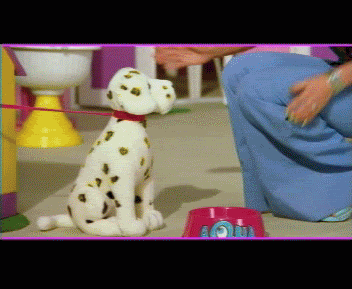


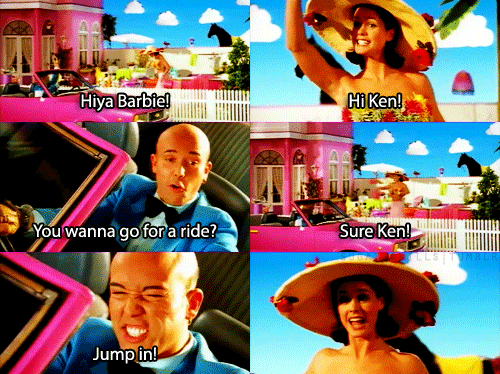
Barbie life being showed as a very funny, non serious, and cheesy instead of elegant.

Calque
A music video that shows the references taken from any foreign culture by using their the traditional dresses as the costumes, foreign language words in the song lyrics or characters' dialogues, location similar to that particular foreign culture, props related to the foreign culture etc.
Example
"Waka Waka" music video by "Shakira" is a good example of this type of intertextuality in the music videos, because foreign (african) culture is shown in this music video and the song.


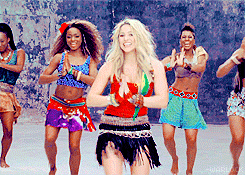
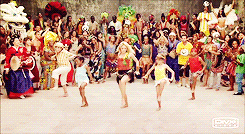
Shakira is wearing african accessories and african skirt. She is also representing african actions and jesters.
African dance
Text
African crowd (black people) is there in the music video.
*There are also some african words and sentences in the lyrics of the song "Waka waka" like:
Waka Waka, Tsamina mina, Zangalewa,
Y vamos por todo, Ame la, mejole biggi biggi mubbo wa, Asi tsu zala, Bathi, Tendency suna tsibuye.

Hybroid
In hybroidity, all the differences between old and modern era, high and low class, and other things that are entirely different from each other, are ignored or blurred. It is very hard to tell that which social class is being represented or which era is being showed in the media product.
Example
"Love you like a love song" music video by "Selena Gomez" is an example of this kind of intertextuality, as different costumes and props (representing different eras) are showed in the different scenes of this music video. And there are both old and new references, different races and cultures are represented in this music video. So basically it's a mixture of different themes and motifs.


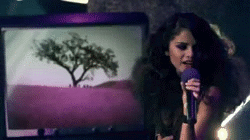
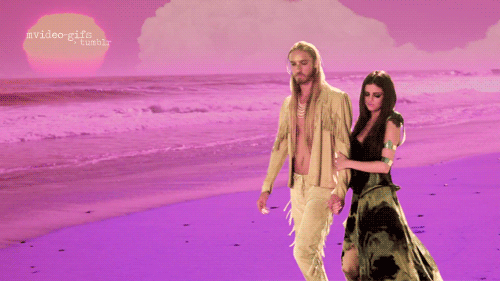

Different Eras (out of place-out of time).
Dream world and Real world
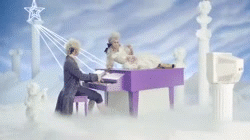
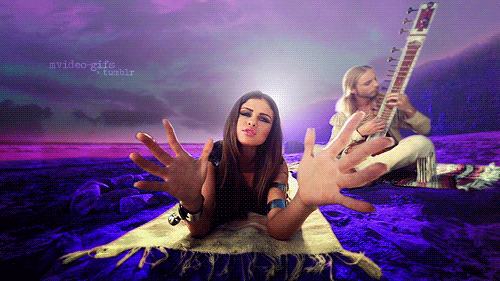

Different races

Asian
White
21st century (current era).
Very old era (seems like BC era).
1960s era
Real world
Dream world
Dream world
Different looks (Styling)
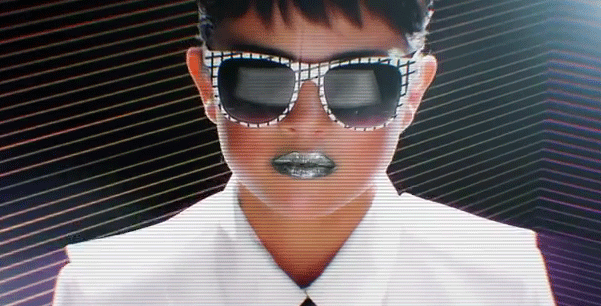
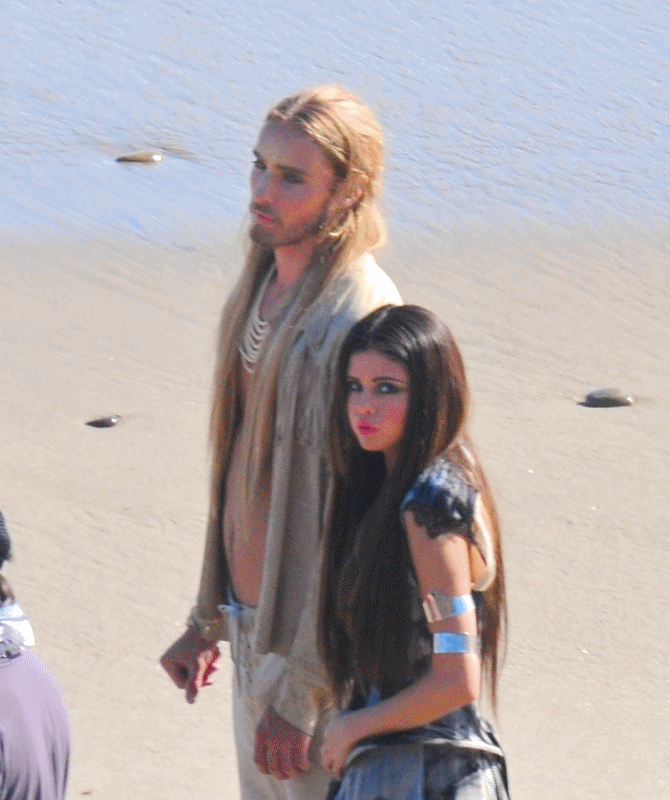
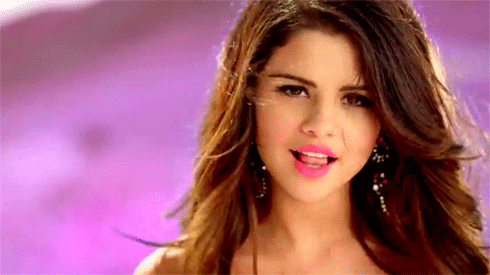


BRICOLAGE
In this type of intertextuality, already existing materials are combined, independent of their original purpose and are used to form a new media product with a very different style and meaning. It includes creating a new media product from a diverse range of things.
Example
"California Girls" music video by "Katy Perry" can be used as an example of Bricolage, because there are so many things that are used in this music video for an entirely different purpose form their original/actual purpose.

Edible things used for different purposes
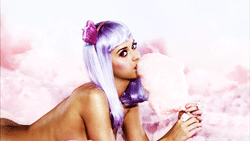

Cotton candy as the clouds.
Cake buns as the Bra cups.
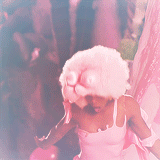
Chewing gum bubble as a cage.
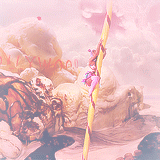
Stick toffee as a climbing source

Cream spray as the fire crackers

Cream as the snow, Jelly as unconscious people, Ice cream cones as the castle.




Jelly as a prison
Chocolates as the rocks
Candies and sweets used to construct the thrown
Candies used to construct a forest

TRANSLATION
When the narrative of a media product is changed another form but having drawn on the narrative, the it is called "Translation".
Example
"Didn't mean it" and "Paint a smile" music videos by "Jasmine Villegas" come in the category of translation, because "paint a smile" continues the message of the previous music video "Didn't mean it", and it's first scene also starts from where the previous music video "didn't mean it" ends.
In the previous music video "Didn't mean it", Jasmine Villegas tells us about her personal painful experience with her ex boyfriend and suggests all the young girls (who are engaged in the abusive relationships) to raise voice against bullying. She shows us that she's in pain and shock, she tells us about the tough time that she's going through. She tells us that she loved him so much and wanted to be with him forever, but at the same time she wanted to get rid of that painful relationship. In this music video, she tells us that she's been living with her boyfriend who used to bully her, then she tells us that she escaped one day and left his apartment while he was asleep, and decided to move on with a heavy heart and so many memories (both good and bad) with him.
"Paint a smile" music video starts from the scene outside the same apartment, in which Jasmine Villegas is wearing the same clothes as the last scene of the previous music video "Didn't mean it", she sits in her car and leaves that place. In this music video, she gives us the message to try to move on and forget all the sad memories by always being happy and by making the other people happy. In this music video, she shows us her situation after leaving her boyfriend (she is still not over him, but she's trying her best to move on by doing fun things as she has decided to never look back, and she is looking forward to live a happy life again.

The lyrics of these two songs have totally different moods and narratives. "Didn't mean it" is more about Jasmine Villegas complaining about whatever she's going through. But "Paint a smile" is about Jasmine Villegas realising that everything is going to be fine as her pain and sadness is temporary, and she is going to be happy again (basically she is being more positive and optimistic in this song).
Didn't mean it
Paint a smile






Didn't mean it
Paint a smile


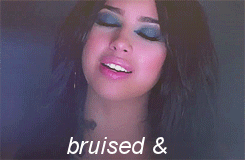

Clips from "Didn't mean it" music video were used in "Paint a smile" music video as the flashbacks.


Same actor in both of the music videos (as her boyfriend).



She was alone and was in pain ("Didn't mean it" music video), now she is getting better day by day and she is chilling with her friends ("Paint a smile" music video).
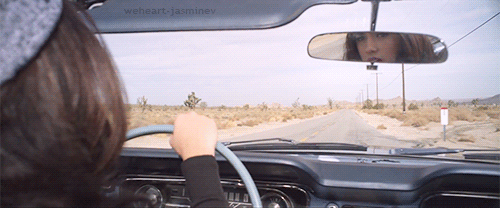


She escaped the motel (in "Didn't mean it"), and then she sat in her car outside the motel and left (in "Paint a smile").